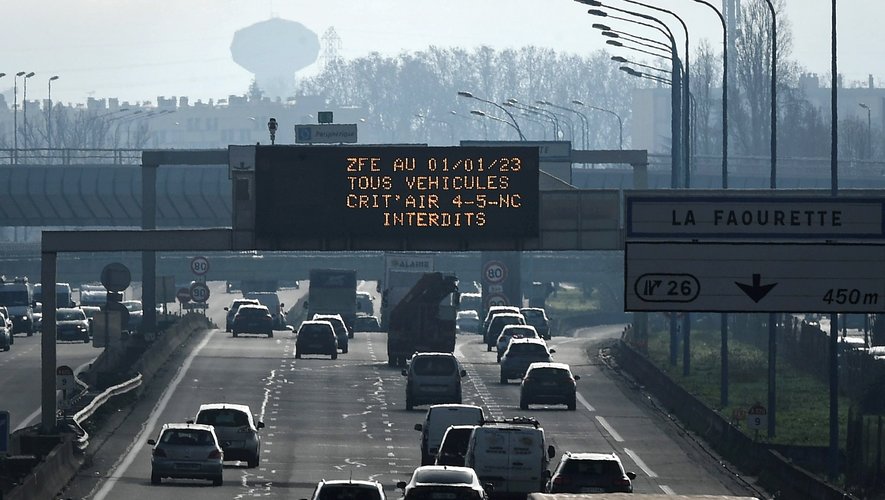Proponents of low emission zones (ZFE) invoke an unstoppable argument: the impact on health of air pollution to which road transport contributes very largely. A correlation perfectly illustrated by the positive impact of Covid confinements, noted by Santé Publique France in April 2021. “The one-off drops in pollution levels in the spring of 2020 were associated with non-negligible health benefits” with 2,300 deaths avoided in connection with a reduction in exposure to particles, the sources of which are multiple and which represent background pollution, and 1,200 deaths avoided in connection with a reduction in exposure to nitrogen dioxide (NO2), linked mainly to road traffic, explained the organization which had then updated the estimate of the total weight of ambient air pollution on the health of the French population for the period 2016 to 2019.
Decline in life expectancy
“Each year nearly 40,000 deaths are attributable to exposure of people aged 30 and over to fine particles (PM2.5). Thus exposure to ambient air pollution represents on average for people aged 30 and over a loss of life expectancy of nearly 8 months for PM2.5″, explained Public Health France who called – already – to act.
“In terms of public actions, the reduction of traffic in urban areas or the reduction of industrial emissions are effective levers already deployed or in the process of being deployed”, estimated the organization.
Arguments taken up by ecological associations. “In cities, up to 70% of air pollution can be generated by road traffic and diesel emissions are particularly toxic to health, especially that of children”, estimates France Nature Environnement, member of the Action Network Climate.

